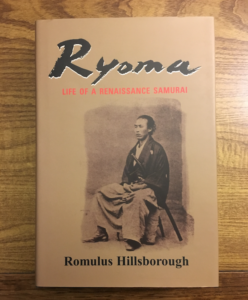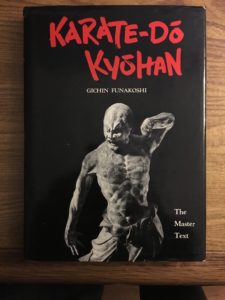
Natsume Soseki’s Kokoro, published in 1914 shortly after the end of the Meiji era (1868-1912), is one of my favorite novels. An underlying theme, of course, is the final stamp of modernity with the death of Emperor Meiji, under whose rule, which actually began with the overthrow of the Tokugawa Bakufu in 1868, Japan was modernized. The reading of Kokoro is enhanced, I think, by Shiba Ryotaro’s wonderful historical novel Junshi (below), about Nogi Maresuke (Nogi Taisho), the famed hero of the Russo-Japan War whose seppuku in the wake of the death of Meiji Emperor shocked the country.











